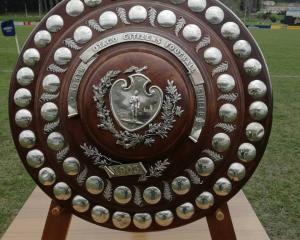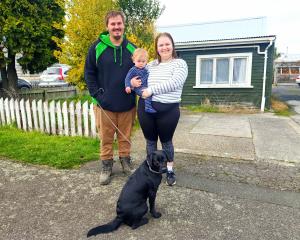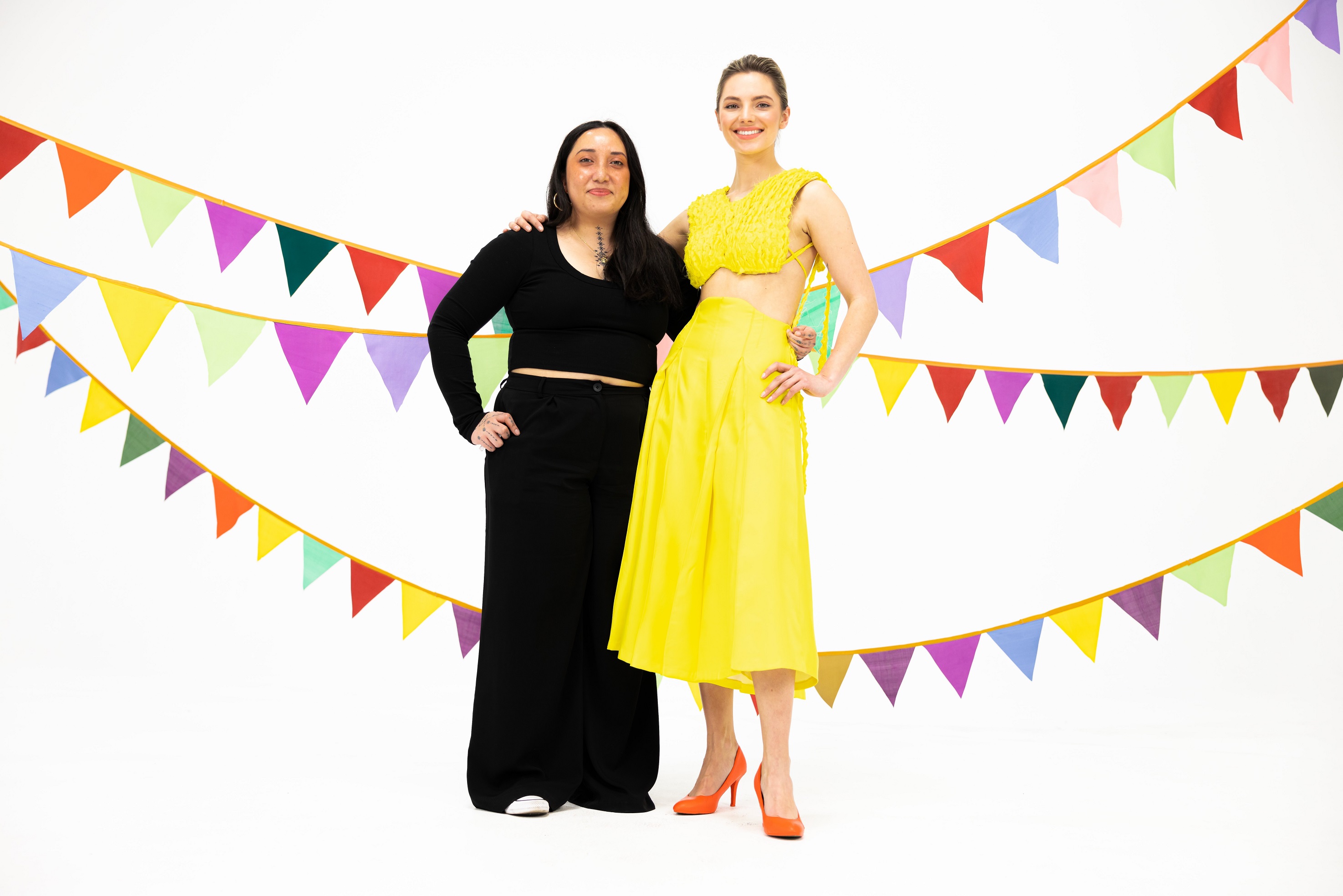
Victoria Solomona is known for her dark, moody and structured fashion designs inspired by her childhood in Dunedin — not bright yellow couture.
"There is no yellow in my closet whatsoever," the final year Whitecliffe fashion technology student says, laughing.
So when she drew the colour Resene "Happy" out as the colour for her design for the Resene Colour of Fashion "celebration" themed event for New Zealand Fashion Week: Kahuria she was very shocked.
"It challenged me to get out of my comfort zone and do something I wouldn’t normally do."
But with some advice from her tutors, Solomona rose to the challenge and in the process reminded herself of a special time in her life when she received her traditional tatau (tattoo) called a malu on her legs.
While yellow might not feature in her wardrobe, the colour played a big role in the celebrations around her malu, as it signifies rebirth and new beginnings.
As part of the celebrations, alongside dancing, singing and eating good food, Solomona had to wear a yellow cloth around her legs and also had an egg cracked on her head.
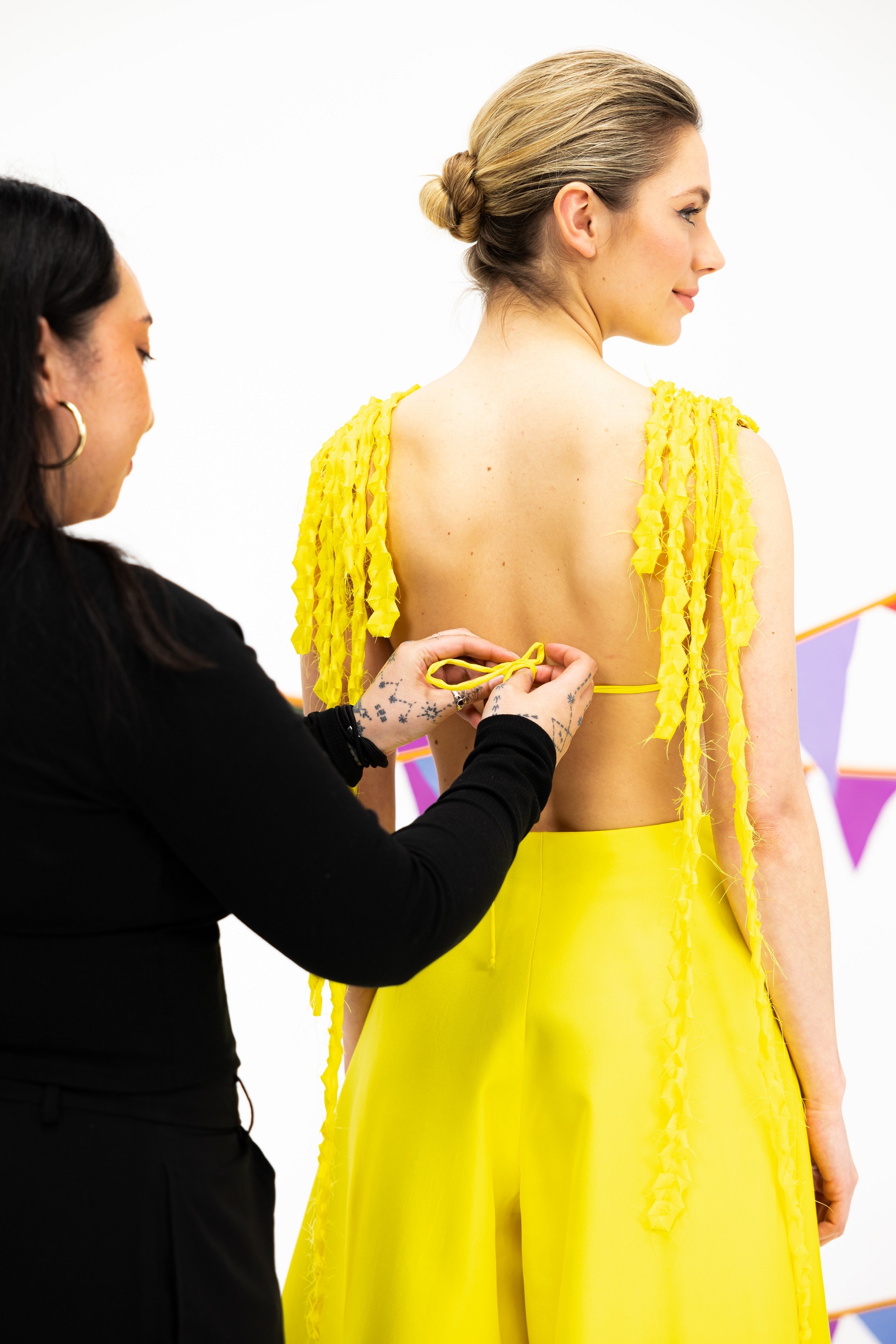
So with that in her mind she designed a two-piece comprising a woven bodice and culottes. The idea behind the bodice was to create a chest plate or armour out of Worbla cobra cast, a popular material used in art and cosplay and the silk twill provided for the competition.
"It’s my first experience using it and it took three days of hand weaving long strips, 30 long strips."
She used a weaving technique taught to her by her grandmother, who was her original inspiration for getting into fashion as she taught her sewing.
"It’s a tribute to my nana, my second mum. The bodice represents a heart of gold."
In another element of her heritage, the ends of the weaving float down the back to emulate the waterfalls of Samoa.
For the culottes, Solomona wanted to mimic the outfits of Samoan female dancers in the silhouette. She included a couple of inverted pleats in the front to give the midi-length pants more body.
"I’m known as the pleat girl here at course, so I had to put some in there. I love my pleats."
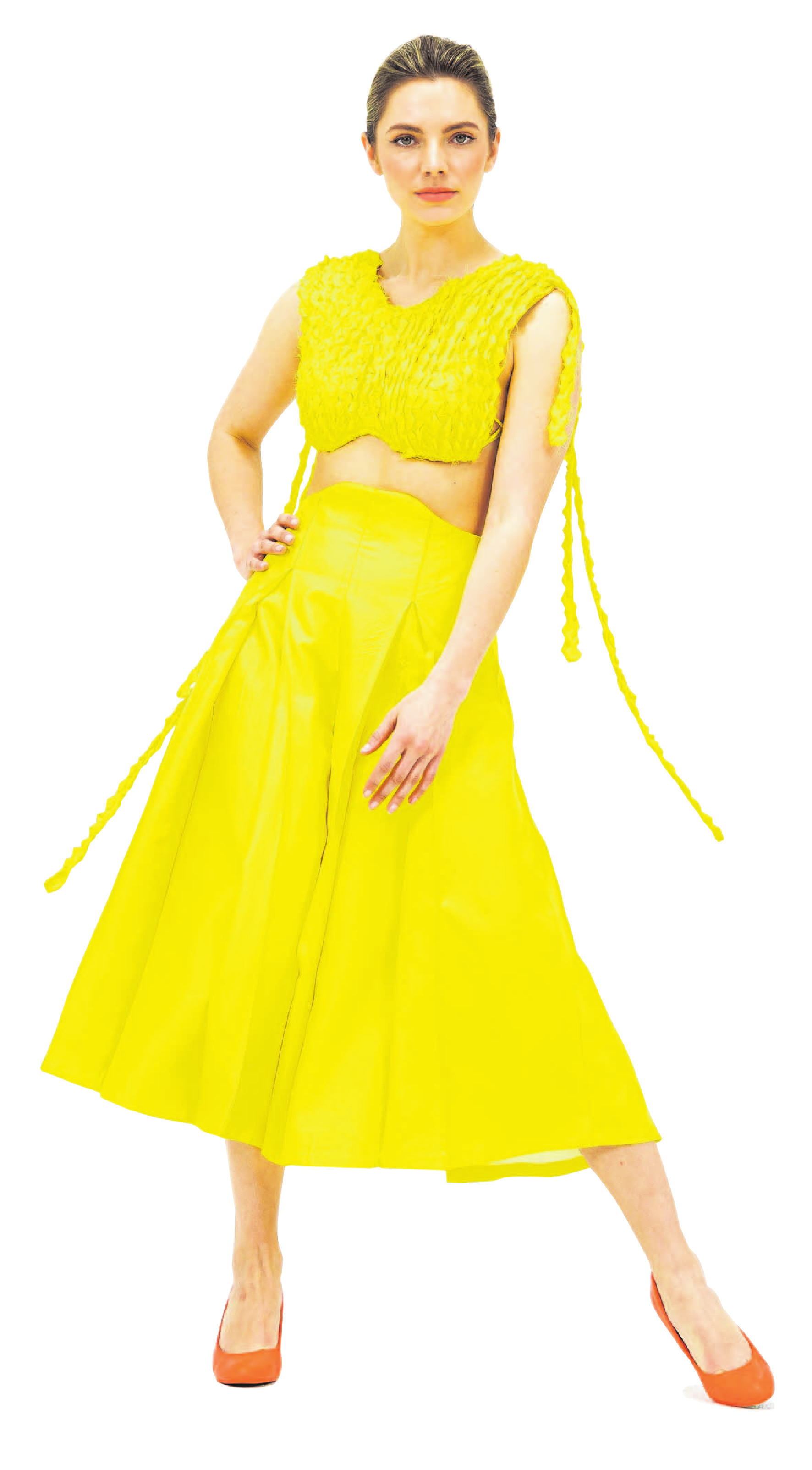
"The gothic-like historical buildings and my favourite being the Larnach Castle and gardens."
In her fashion work that translated into structured, straight lines and gothic styling which suited her perfectionist personality.
"That’s where my love of black comes from. All my garments I’ve made at course have a Victorian gothic-like style."
So the whole fashion week experience is something she would do all over again.
"It’s not me, but it was fun and shows I can let loose and not have everything to be perfect. It’s good to go through those sort of experiences."
Solomona’s garment will be shown alongside 15 others at open three Resene Designer Runway shows at New Zealand Fashion Week from September 1.
"Now when I think of yellow, I think of music and dancing and celebrating with loved ones, it has a different meaning to it now, not ‘wow, that is bright’."






